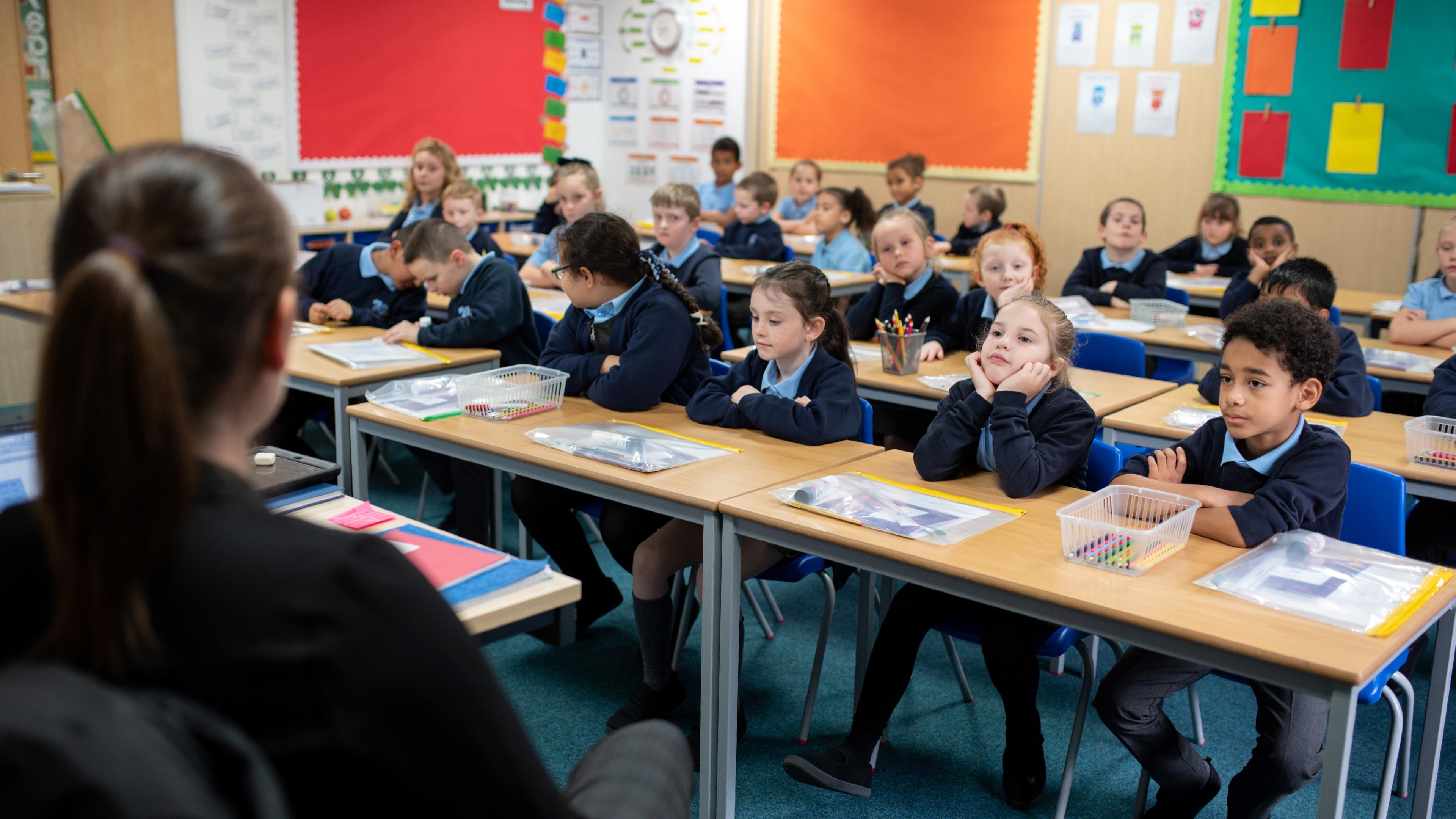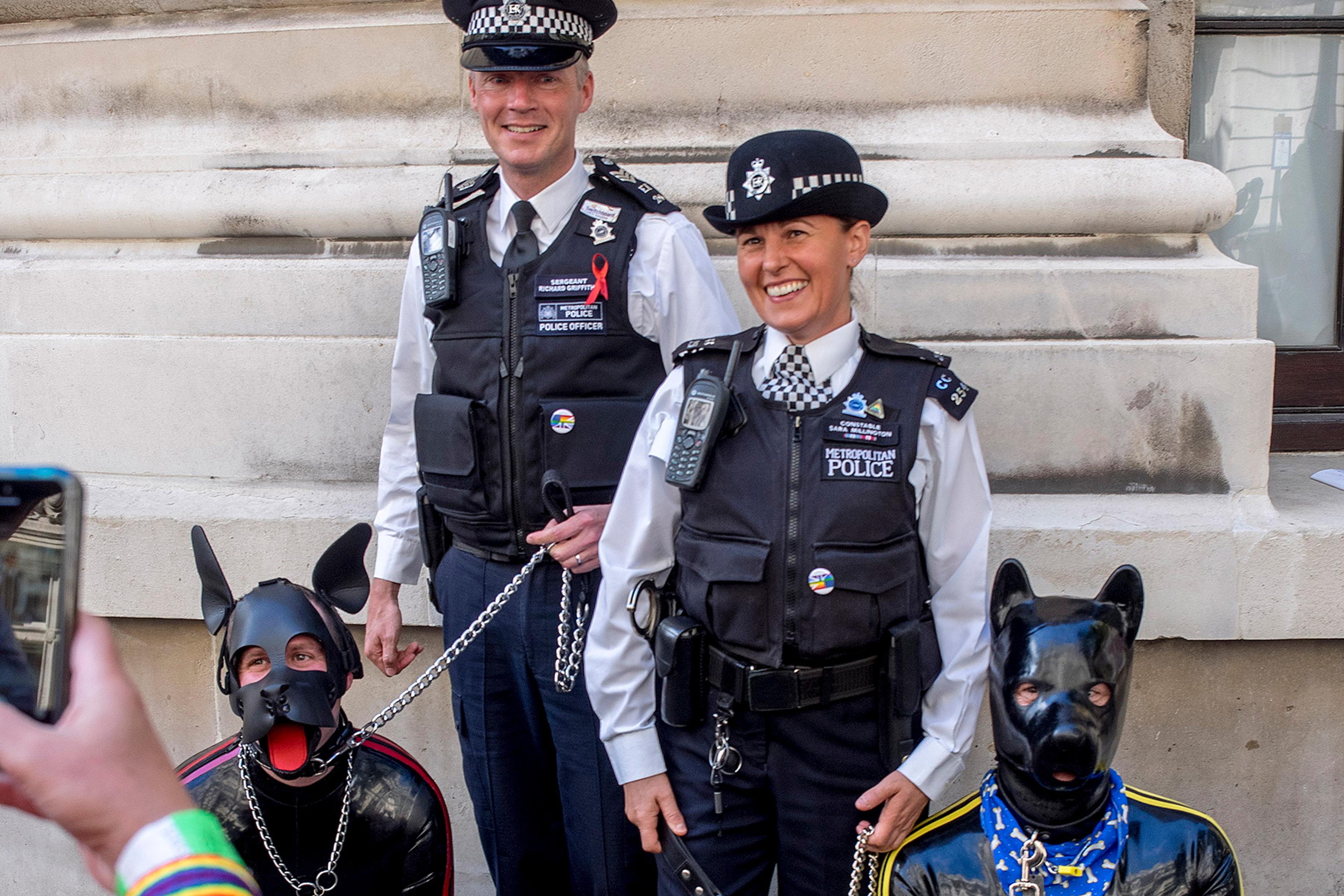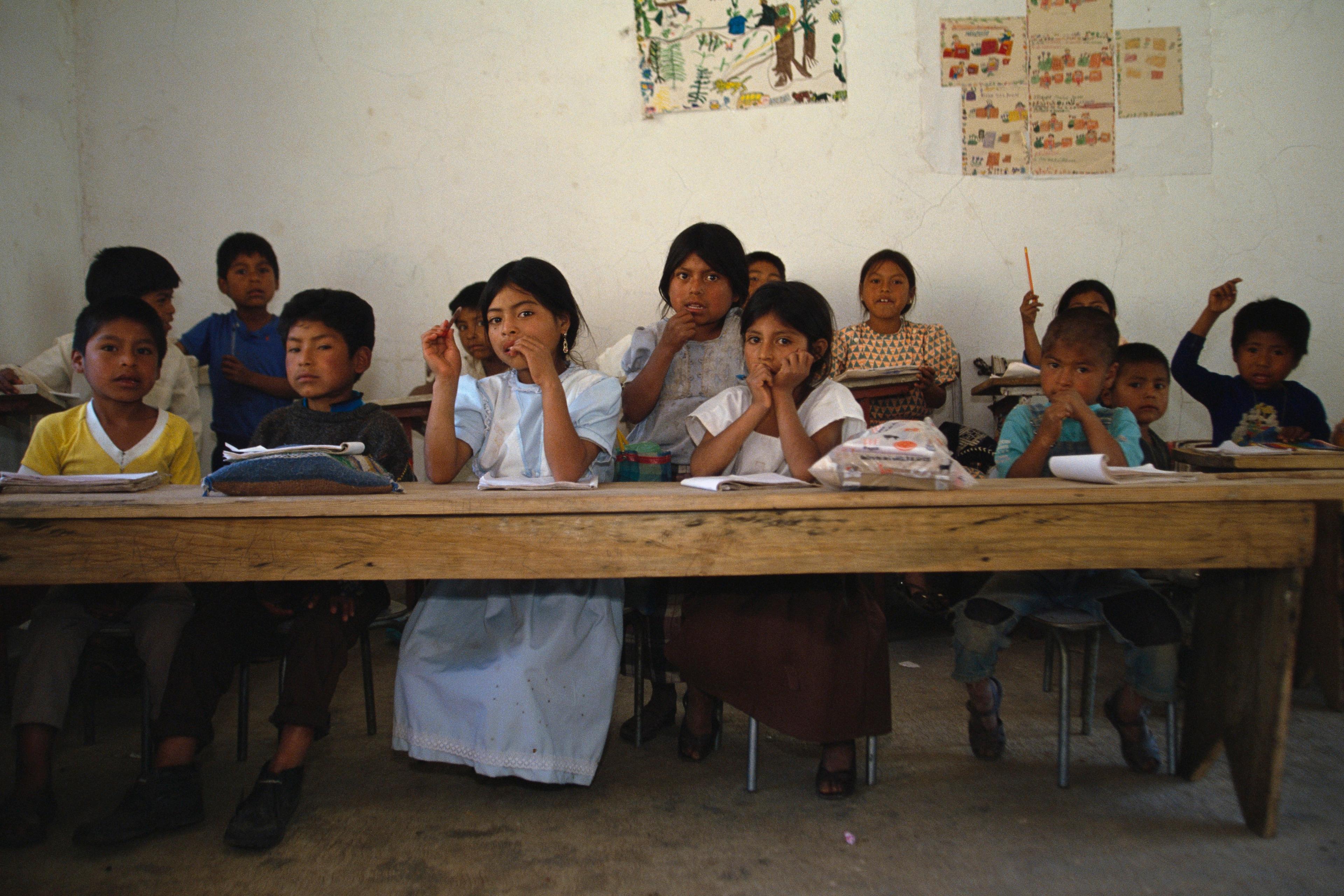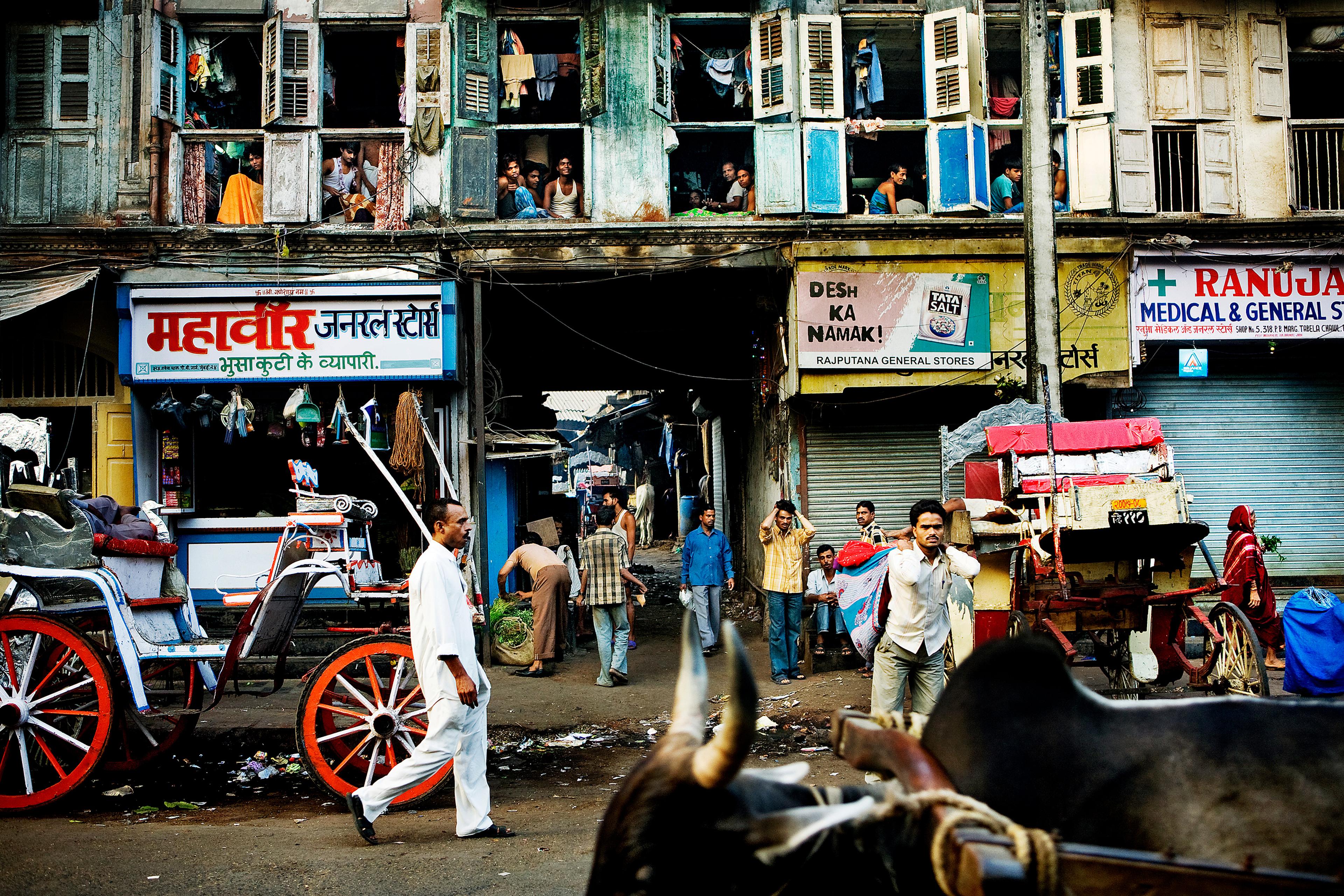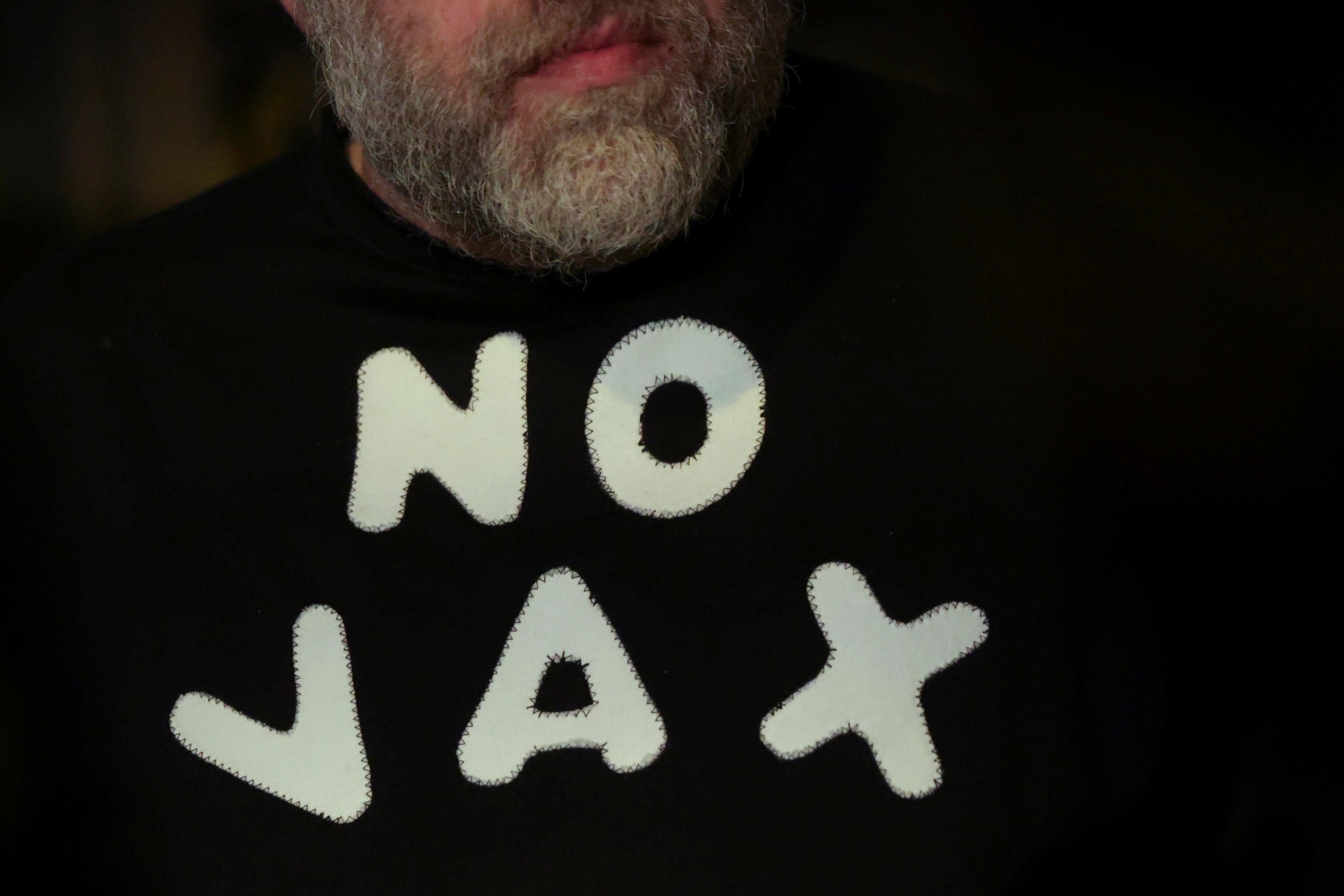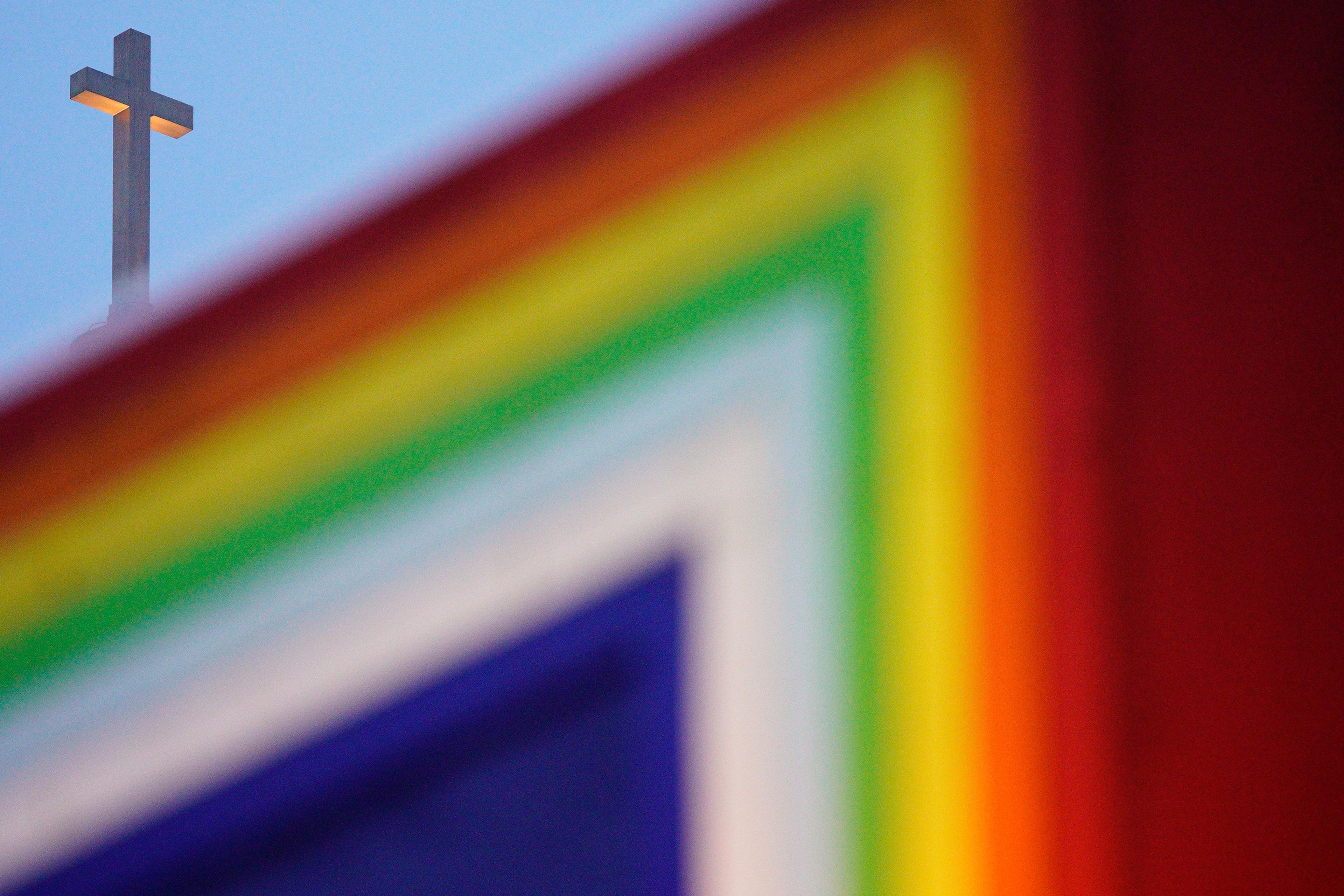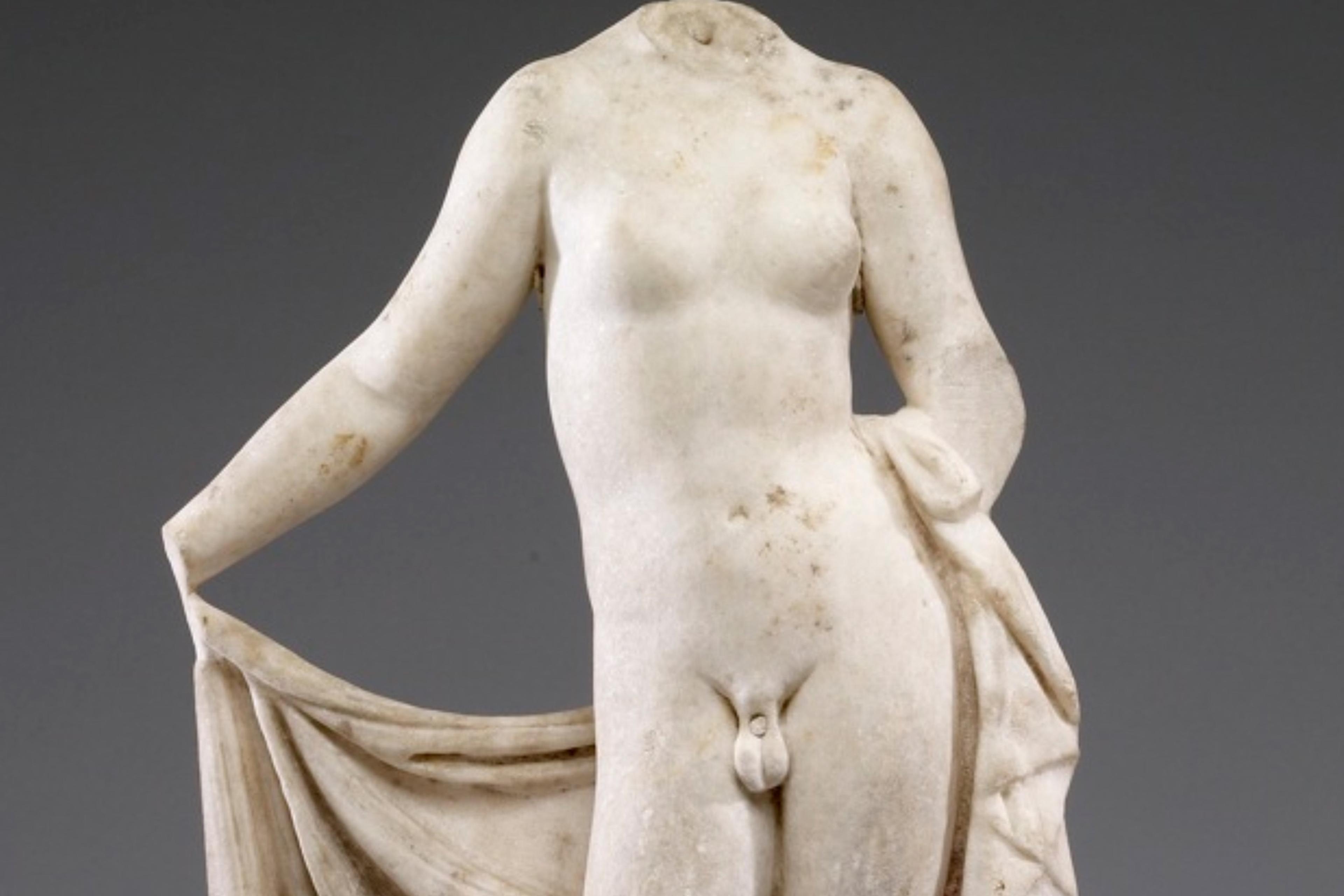The children’s picture book And Tango Makes Three (2005) tells the true story of two male penguins who raise a chick together at a New York zoo. Initially pulped in Singapore and then removed to the adult section of the country’s libraries, and the cause of protests in seven US states, this book by Justin Richardson and Peter Parnell has been controversial. State schools in Birmingham, England, read the book with four- to six-year-olds as part of their ‘No Outsiders’ programme, leading to lengthy protests during 2019. The (predominantly, but not exclusively, Muslim) protestors bore slogans such as ‘My Child, My Right’ and ‘Say No to Undermining Parental Rights and Authority’. In the words of one Birmingham parent, Fatima Shah, who first raised the issue with her daughter’s school: ‘We don’t send our children to school to learn about LGBT. We send them to school to learn maths, science and English.’
Teaching programmes such as ‘No Outsiders’ are often justified as part of a wider drive to teach children the value of tolerance. In pluralist societies such as the United Kingdom – where there exist many different opinions on what is right and true – how should ‘tolerance’ as an aim of education be understood, and what does it imply in practice for what goes on in the classroom?
Underlying the objections raised by the Birmingham protestors is a sense that teaching values ought to fall outside the scope of state education, at least where these values are controversial. Can philosophical meat be put on the bones of this thought? The American philosopher John Rawls asked how religiously diverse societies might accommodate the disagreements that exist over values. Out of his work comes the idea that state policy ought to be neutral, in the sense that the reasons for a policy should not be the subject of disagreement among reasonable citizens. (How to interpret ‘reasonable’ is controversial but I take it to mean, roughly, that reasonable citizens respect the rights and interests of others and hold co-operative attitudes.) Neutral policy helps to ensure that the state’s power is exercised in a way that is non-oppressive and that shows respect for its citizens; it avoids undermining people’s integrity by forcing them to behave a certain way based on values they object to.
Applying this to education, state schools ought to avoid teaching beliefs and values that are controversial – they should not teach children that Jesus is the Son of God, or that they ought to be vegan. These thoughts seem to partially justify Fatima Shah’s comment. Schools can teach maths because mathematical truths are not subject to dispute. But since gay relationships are regarded as sinful by some citizens – including those belonging to the most significant world religions – then, according to this argument, state schools should keep a distance from this topic.
Does the Rawlsian idea really imply this? Perhaps introducing students to issues regarded by some as controversial is a necessary step towards respect and tolerance – something that people from many different worldviews agree is important. It is true that citizens of liberal states disagree over whether LGBT relationships are equal, morally speaking, to heteronormative relationships. But there is broad agreement among reasonable citizens that everyone is equal in the sense of being entitled to respect, understood as a sort of reciprocal positive regard owed to all persons in virtue of their status as free and equal citizens. Citizens who show respect are tolerant citizens; they exhibit forbearance by refraining from interfering with their fellow citizens, even when they disapprove of their actions. (So, we might say that the British MP Tim Farron, who is Christian, showed tolerance by being involved in campaigns for gay rights, despite having said that gay sex is sinful.)
To encourage respect and tolerance in the next generation of citizens, children should be taught that all people, including those who act in ways you object to, ought to be respected, and are the rightful recipients of equal moral, political and legal rights. This, we should note, would be a leap towards more LGBT-inclusive curricula that is a distant dream for gay activists in some countries. For example, in Singapore, Saudi Arabia and many African countries, gay sex is illegal and far from tolerated.
This sort of motivation for teaching about LGBT is consistent with how Andrew Moffat, the British teacher behind ‘No Outsiders’, defended his programme: he said he was simply introducing children from an early age to the fact that ‘there are different families out there’, and that families that include gay parents are ‘accepted and welcomed in schools’. And that’s all that And Tango Makes Three does. It ensures that children understand that gay families exist, so that they are able to show respect, rather than hostility, for ‘different’ families. At no point, this argument goes, does the book offer commentary morally evaluating the behaviour of Roy and Silo, the penguin daddies.
One problem with this sort of defence is that context is everything. It is hard, in practice, to read And Tango Makes Three without slipping over the Rawlsian line. Any contextual discussion that even implicitly paints Tango’s family as ‘completely OK’ or ‘as good as other families’ steps away from the neutrality that some think state schools ought to adopt. In reality, the contextual discussion surrounding the book probably implied that we ought not to disapprove of LGBT relationships in the first place, rather than that we should show tolerance if we do hold disapproving attitudes.
Another practical problem with teaching tolerance of LGBT relationships is that tolerance is a very tricky concept to understand – even for adults. Children are usually taught that, if something is wrong, they ought to avoid that thing, or take action to stop it. (Plastic in the oceans? Use less plastic! And join the campaign against plastic!) The idea that sometimes they should not only stand back and allow some behaviour, but should also behave in a welcoming manner towards the person responsible for that behaviour, is hard to understand. After all, if you believe something is morally wrong, why wouldn’t you intervene to stop it? The usual justifications that crop up to answer this question – pragmatic justifications about social cohesion, epistemological justifications based on the difficulty of answering certain types of questions, or (most powerful, in my view) moral justifications based on the need to respect people’s autonomously arrived-at decisions – need to be carefully explained and discussed if we are to avoid children moving, forgivably, from tolerance to relativism (the view that there is no right or wrong when it comes to moral questions).
These complexities suggest that, in practice, state schools might need to depart from neutrality, and instead engage their students in questions of right and wrong. We might even argue that state schools ought to do so, and that at least some teaching should aim to teach children ‘tolerance’ in a different and more controversial sense to that which we’ve been assuming so far. This we might call tolerance as non-disapproval. Here the tolerant person is a non-judgmental person, disinclined to disapprove of ways of life that differ from their own, and even appreciating their value and worth. This understanding of tolerance as more of a positive, ‘open-minded’ attitude often features in ordinary discourse, as well as in some educational resources and policy documents. Whereas tolerance as forbearance implies that a racist who refrains from acting on their racist beliefs is being tolerant, tolerance as non-disapproval implies that the tolerant person wouldn’t hold racist beliefs in the first place.
Thinking about this back in our context of state school teaching, there seem to be several examples where teaching tolerance as non-disapproval is preferable to focusing on tolerance as forbearance. We might (for example) want to teach children that they ought not to disapprove of mixed-race marriages, rather than merely that they ought to allow such marriages to go ahead. We might want to teach children to not disapprove of women who reject domestic roles in favour of a career, rather than merely that women should be allowed to do this if they so choose. And returning to our LGBT example, we might want children to be taught not to disapprove of LGBT relationships, rather than merely that people who engage in these relationships should not be interfered with.
Such teaching would depart from the Rawlsian commitment to neutrality discussed earlier. However, that doesn’t mean it’s at the same level as state schools preaching particular religious doctrines. Arguments can be given in favour of teaching non-disapproval of LGBT relationships that are less controversial than simply saying that the Bible and Quran are wrong about homosexuality. For example, we might appeal to the damage done to the wellbeing of children by believing that their sexual inclinations are sinful, alongside the thought that it is not the business of the state to secure its citizens’ eternal life. Or we might point out that LGBT folk lack equal standing and the full ability to exercise their rights and liberties in a world where so many people hold negative beliefs about them. These arguments could be regarded as having some weight even if you believe that LGBT relationships are sinful, and so give some justification for teaching aimed at countering negative attitudes towards LGBT.
What, you might wonder, about the rights, wellbeing and equality of those conservative religious individuals who object to children being discouraged from negative attitudes towards LGBT? Whatever decision is made for such a case, one group will end up feeling disrespected – this is unavoidable. Resolving the disputes that inevitably arise in pluralist societies is never easy, and is rarely done to all parties’ satisfaction. However, there are some things that can be said to lessen (although far from eliminate) the blow. First, a theoretical response: the contingent state of our society might change. Mental health among LGBT youth might improve from its current level, where self-harm and attempted suicide are common. LGBT acceptance might become so prevalent that the equal standing of LGBT individuals is no longer threatened. In these circumstances, the balance of justification might cease to tip in favour of teaching non-disapproval. Second, a practical response: no one is suggesting that teachers directly undermine anyone’s religion, and teachers can take a light-touch, discussion-based approach to teaching controversial topics such as this. For example, teachers can give students opportunities to critically examine arguments supporting the view that being gay is wrong, or could provide a case study of an LGBT person who is Muslim, in order to open up discussion of whether, and how, such a position might be rendered consistent. Such teaching would no doubt still be highly controversial, resulting in objections from conservative religious groups, but we can at least provide some justifications for such teaching that don’t assume that these groups are wrong about the moral status of LGBT relationships.
So, schools can use And Tango Makes Three as an opportunity to teach tolerance as forbearance – to highlight the existence of disagreement, and to encourage children to act with respect to those on all sides of this debate. But we might also want to teach tolerance as non-disapproval, aiming to open children up to thinking that Roy and Silo really are just as good as other daddies.
